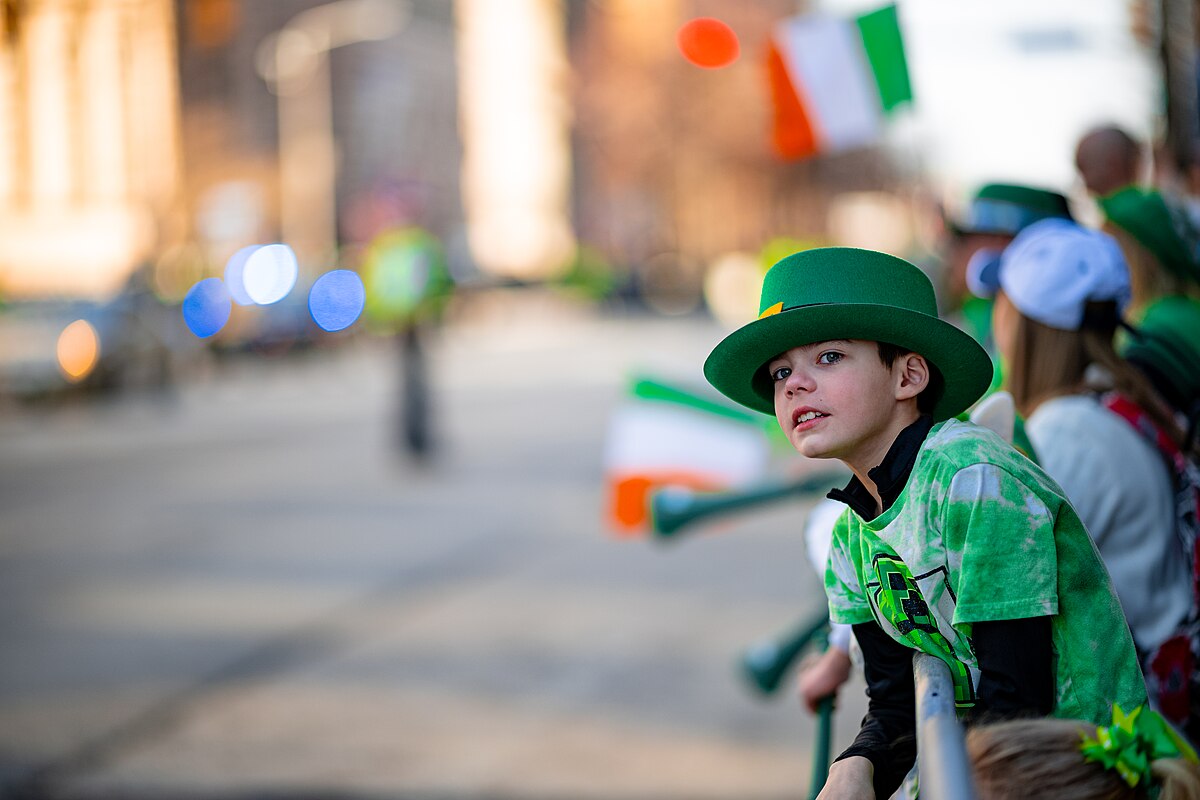St. Patrick’s Day, celebrated on March 17, has transformed from a religious celebration into one of the world’s most vibrant cultural festivals.
Marked by parades, festive gatherings, and the wearing of green, this day honors the legacy of Ireland’s patron saint while also celebrating Irish heritage across the globe.
St. Patrick is believed to have been born in Britain around 385 AD and was kidnapped at the age of 16 to be enslaved in Ireland.
After six years, he escaped and returned to his homeland but felt called to return to Ireland to convert its people to Christianity.
St. Patrick famously used the three-leafed shamrock to explain the Holy Trinity, which has since become a symbol of both the saint and Ireland itself. He died on March 17, 461 AD, a day now celebrated as his feast day.
Many decades later, following his death, the first recorded St. Patrick’s Day took place in New York in 1762 when Irish soldiers serving in the British army paraded through the city to pay tribute to their heritage.
In 1903, St. Patrick’s Day was officially recognized as a public holiday in Ireland, originally observed with religious ceremonies, particularly attending mass.
However, as Irish emigrants spread their heritage globally, the focus of the celebrations began to shift. What was once exclusively a religious observance became a broader embracement of Irish culture, characterized by parades, music, and communal festivity.
In the United States alone, St. Patrick’s Day is a significant economic event. It’s estimated that Americans will spend over $5 billion on celebrations each year, with $4.6 billion allocated specifically for food and drinks.
On the day itself, over 13 million pints of Guinness are consumed, according to estimates from the iconic brewing company.
Recent surveys shed light on the attitudes and participation rates surrounding St. Patrick’s Day. In 2021, one such survey indicated that nearly 48% of millennials planned to participate in celebrations, compared to just 25% of baby boomers, highlighting the holiday’s appeal to younger generations.
In a 2022 study, 78% of respondents stated the importance of partaking in St. Patrick’s Day traditions, illustrating the holiday’s lasting cultural significance.
St. Patrick’s Day has transcended Irish borders and is now celebrated in more countries than any other national festival, making its mark in places such as Japan, Argentina, and even the United Arab Emirates.
This global growth showcases St. Patrick’s Day as not merely a day of remembrance but as a symbol of pride, heritage, and joy.
From its humble beginnings as a religious celebration to its modern incarnation as a lively global celebration, St. Patrick’s Day encapsulates the legacy of St. Patrick and the vibrant spirit of Irish culture.
Today, there are approximately 34 million Americans who claim Irish ancestry, nearly seven times the current population of Ireland, estimated at approximately 5.4 million in 2024.
As the festival continues to evolve, it serves as a reminder of the power of community, culture, and connection, drawing people together in celebration of a shared heritage that knows no borders.
Whether dressed in green, raising a pint, or enjoying traditional Irish fare, millions worldwide embrace the joy of St. Patrick’s Day, making it a truly universal occasion.













